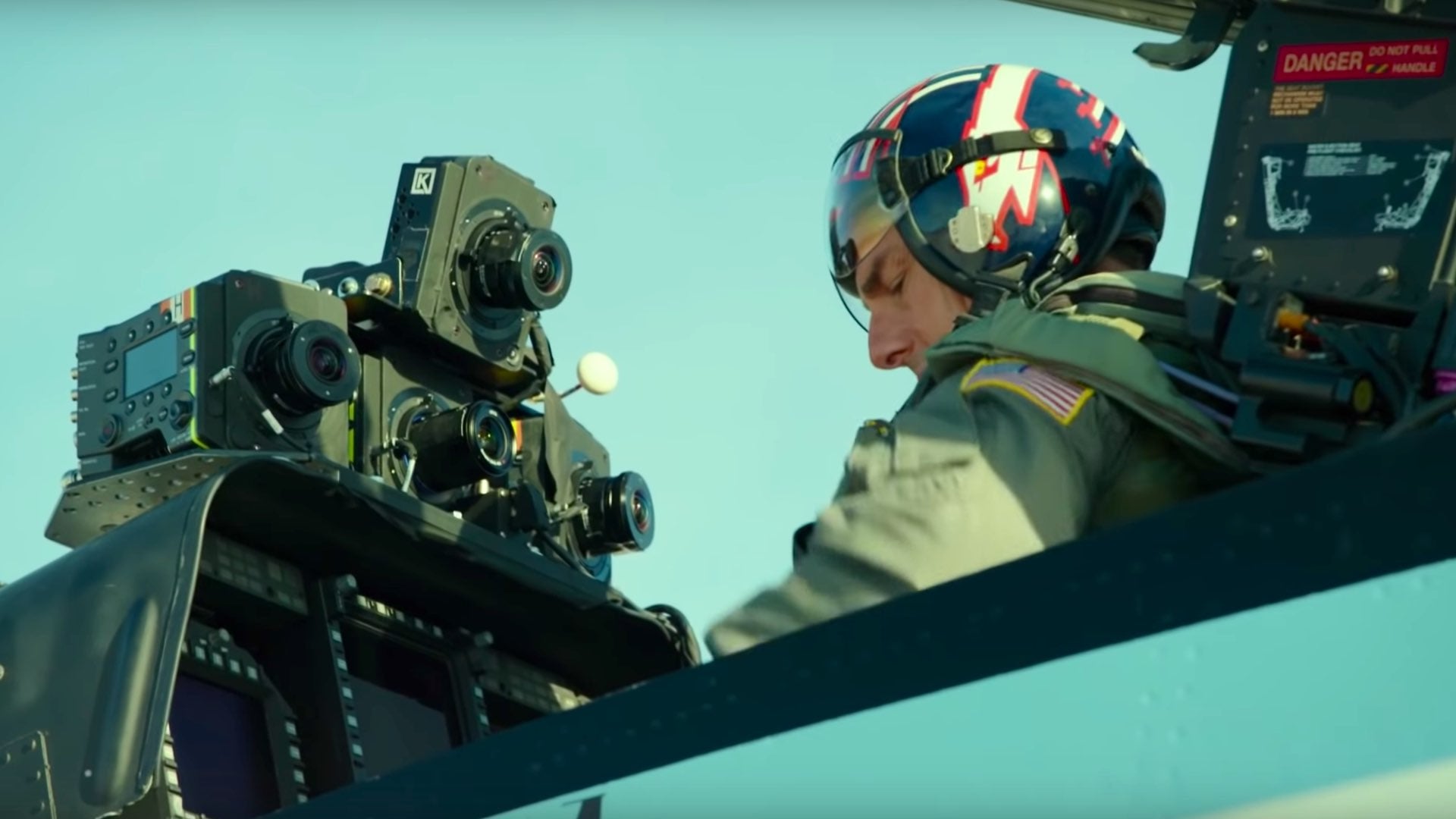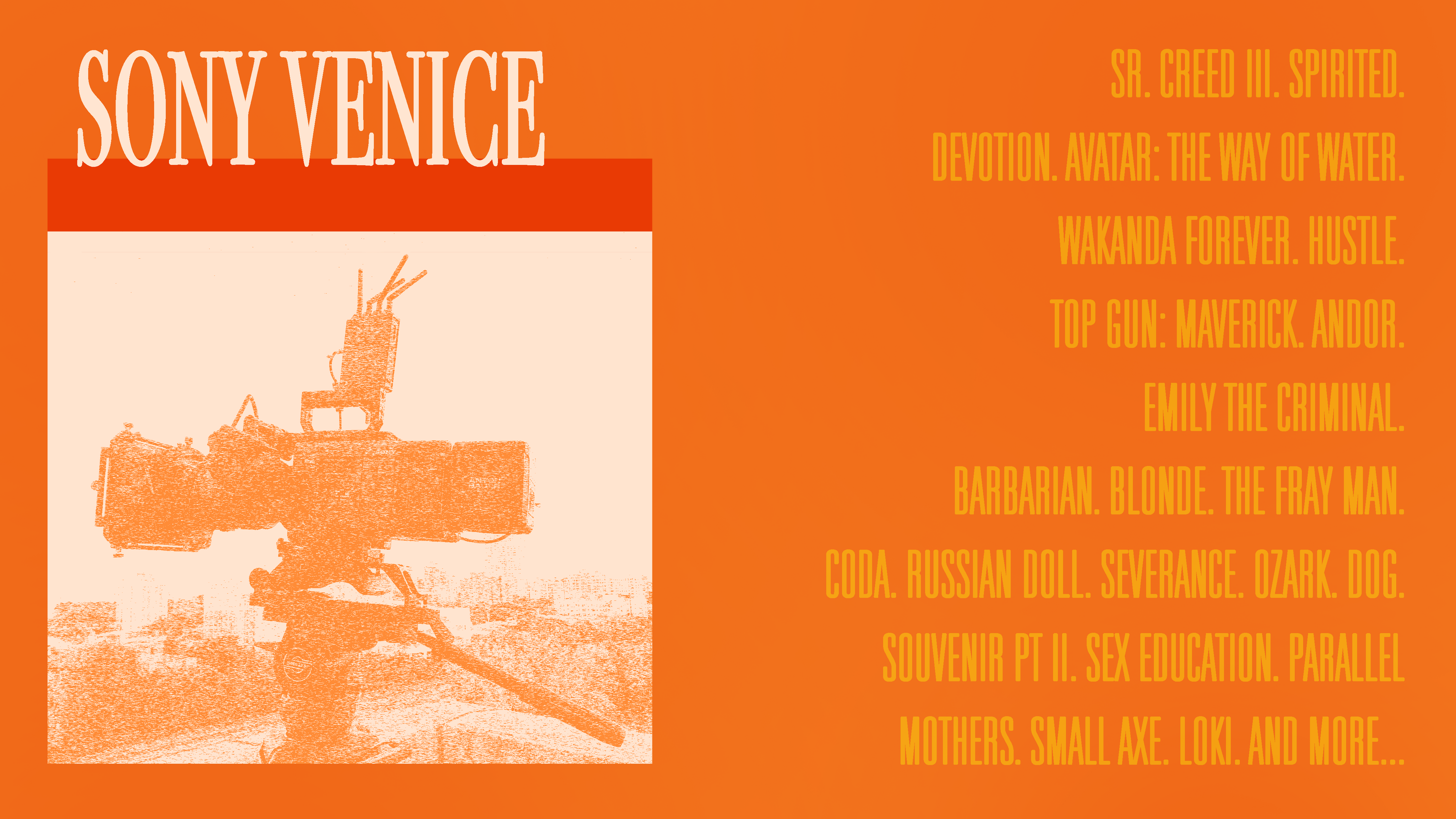
Camera Ambassador (CA): What features/aspects of the Sony Venice do you really appreciate?
Matt Carroll (MC): The Sony Venice is an exceptional camera system with a host of features that make it the preferred choice for professional cinematographers. It offers a wide color gamut and precise color reproduction to ensure that the image you capture is as close as possible to the image you are seeing on set. The camera can shoot in a variety of codecs, including X-OCN for RAW and a range of ProRes formats, which helps provide flexibility in post. It also boasts a dual base ISO, allowing for low noise capture of low-light conditions.
My personal favorite feature of the Venice is the Rialto expansion module, which allows the sensor block and mount of the camera to be removed (although the sensor is still tethered to the body by a single cable). The Rialto allows for a cinematographer to get the camera into tight spaces that, historically, a cinema camera would never fit into. A prime example of this is all of the shots in the cockpits of planes in Top Gun: Maverick.
CA: Would you mind sharing some of the visual capabilities of the Sony Venice?
MC: The Sony Venice can shoot up to 60 fps in 6K, while still recording in Sony’s X-OCN RAW codec. Very few cameras are capable of checking all three of those boxes at the same time. Sony is also the only manufacturer (currently) that offers the Extended Tonal Range Original Camera Negative (X-OCN) codec. X-OCN offers 16-bit linear recording to ensure that the user gets hyper-accurate color representation, longer record times, and significantly faster file transfer times, while not sacrificing any of the data critical to maintaining the quality of your image. Sony even boasts the ability to record a staggering 280 trillion individual shades of color, allowing for the opportunity to make very subtle but powerful changes when grading footage.


CA: What kinds of shoots would you bring the Sony Venice on? What kinds of shoots might not be the best for the Sony Venice?
MC: I would use the Sony Venice if I had a complete camera team (1st AC, 2nd AC, and Utility), and if the content specifically called for some of the features that it offers (Dual Base ISO, Rialto module). It is not a great camera if you are shooting alone, as the menu system is not on the “smart” side of the camera. So, the menu system is displayed opposite of where you would be operating from.

Behind the scenes with the Sony Venice | Volta Photo Video
CA: Are there any drawbacks to the Sony Venice? Do you have any advice or workarounds for those drawbacks?
MC: As far as drawbacks, the Venice 1, unlike its successor the Venice 2, has a separate module for recording RAW, which means that the camera can be bigger and heavier. The only other drawback would be that the menu system for the Venice is not quite as user friendly as some alternative camera systems, like those in the Arri Alexa line. The Venice’s menu system isn't hard to navigate, but it's also not necessarily intuitive at times, which can lead to a few extra minutes of troubleshooting on set.
CA: What is your favorite set-up/build with the Sony Venice?
MC: My favorite configuration for the camera is using it for car rigs on indie projects. When you don’t have money for a process trailer, you can mount the Rialto on a smaller car mount and still get incredibly high quality footage. This set-up can be insanely useful and helps to ensure that you save money and capture amazing video at the same time.

Jeff Tweedy filmed with the Venice and Atlas Orion 40mm Lens | Volta Photo Video
Interested in scheduling a demo with the Sony Venice? Email rentals@cameraambassador.com today.



